- Benefits of Growing Maize and Cucumbers Together
- Variety 1: High-Yield Maize Variety
- Variety 2: Early Maturing Maize Variety
- Characteristics
- Growing Tips
- Conclusion
- Variety 3: Disease-Resistant Maize Variety
- Variety 4: High-Yield Cucumber Variety
- Key Features:
- Planting and Care:
- Growing Maize and Cucumbers Together: Best Practices
- 1. Site Selection
- 2. Crop Rotation
- 3. Planting
- 4. Watering
- 5. Fertilization
- 6. Pest and Disease Management
- 7. Harvesting
- “Question-Answer”
- What are the benefits of growing maize and cucumbers together?
- What are the best maize varieties to grow with cucumbers?
- How should maize and cucumber plants be planted together?
- What are some tips for maximizing yields when growing maize and cucumbers together?
- Can growing maize and cucumbers together save space in the garden?
- Are there any disadvantages to growing maize and cucumbers together?
- “Video” Your Cucumbers Will LOVE You For This: 5 Things To Do NOW!
Growing maize and cucumbers together can lead to maximum yields and a bountiful harvest. If you’re looking to get the most out of your garden or farm, consider planting these four maize varieties alongside cucumbers. Not only will you save space, but you’ll also benefit from companion planting, where different plants support each other’s growth and health.
1. Sweet Corn: Sweet corn is a popular maize variety known for its juicy kernels and sweet taste. Planting sweet corn with cucumbers can provide shade to the cucumber plants during the hot summer months, preventing them from drying out. Additionally, the cucumber vines can climb up the corn stalks, saving space and creating a visually appealing garden.
2. Dent Corn: Dent corn, also known as field corn, is primarily used for animal feed and industrial purposes. Growing dent corn with cucumbers can help provide a strong support system for the cucumber vines. The corn stalks can act as trellises, allowing the cucumber plants to grow vertically and save valuable ground space.
3. Popcorn: Popcorn is a maize variety that can add a fun twist to your garden or farm. When planted with cucumbers, the popcorn plants can provide shade and protection for the cucumber vines, helping to retain moisture in the soil and preventing weed growth. The combination of the two crops can create a unique and visually interesting landscape.
4. Flour Corn: Flour corn, also known as cornmeal corn, is commonly used for grinding into cornmeal or flour. When grown with cucumbers, the flour corn plants can act as natural trellises, allowing the cucumber vines to climb and save space. This combination can create an efficient and productive garden or farm, maximizing your harvest.
By growing these four maize varieties alongside cucumbers, you can double your harvest and enjoy a variety of delicious crops. Not only will you benefit from companion planting and save space, but you’ll also create an aesthetically pleasing and visually interesting garden or farm. So why not give it a try and see the incredible results for yourself!
Benefits of Growing Maize and Cucumbers Together
Growing maize and cucumbers together can offer several benefits, making it a profitable and efficient agricultural practice. Here are some key advantages:
- Maximized Land Use: Growing maize and cucumbers together allows farmers to make the most of their land. Both crops have different growing habits, and intercropping them optimizes space utilization.
- Increase in Yield: Maize and cucumbers are compatible plants that complement each other’s growth. Cucumbers act as living mulch for maize, reducing weed competition and retaining moisture in the soil, resulting in increased maize yields.
- Improved Soil Health: The combination of maize and cucumbers helps improve soil structure and fertility. Cucumbers have extensive roots that break up the soil, allowing better water and nutrient absorption. The maize plants provide a sturdy structure for the cucumbers to climb, reducing soil compaction and erosion.
- Natural Pest Control: Certain pests and diseases that affect one crop may not affect the other. By intercropping maize and cucumbers, farmers can naturally control pest populations, reducing the need for chemical pesticides.
- Diversification and Income: Growing a combination of maize and cucumbers can diversify a farmer’s income stream. Both crops have different market demands, and selling them together can provide a more stable and profitable source of revenue.
Overall, intercropping maize and cucumbers offers multiple benefits, including increased land efficiency, improved soil health, natural pest control, and diversified income streams. Farmers can take advantage of these advantages to maximize their yields and profits.
Variety 1: High-Yield Maize Variety
This high-yield maize variety, known as Supermax, is a fantastic choice for increasing your maize harvest. It has been specifically bred to have a high yield potential, meaning you can expect to see a significant increase in the amount of maize you can harvest compared to traditional maize varieties.
Supermax is a hybrid maize variety, which means it is produced by crossing two different parent varieties. This hybridization process combines the desirable traits of the parent varieties, resulting in a maize plant that is more resilient, vigorous, and high-yielding.
Due to its high-yield potential, Supermax is often favored by farmers who want to maximize their maize production. It is suitable for a wide range of growing conditions and can adapt to different climates and soil types. This versatility makes it a reliable choice for farmers who are looking to boost their harvests.
In addition to its high-yield potential, Supermax also has excellent disease resistance. This means that it is less susceptible to common maize diseases, allowing it to grow healthier and produce a higher yield. The disease resistance of Supermax can help farmers reduce their reliance on pesticides and other chemical treatments, making it an environmentally-friendly choice.
To get the best results from Supermax, it is important to follow proper agricultural practices and provide the necessary nutrients and care. Regular watering, fertilization, and weed control are essential to ensure the optimal growth and development of the maize plants.
By planting Supermax alongside cucumbers, you can create a beneficial intercropping system that maximizes your overall yield. The cucumbers act as a “companion crop” to the maize, providing mutual benefits such as improved pollination and increased soil fertility. This intercropping method has been proven to enhance yields and is a popular strategy among farmers.
| Trait | Description |
|---|---|
| High-yield potential | Produces a significant increase in maize harvest |
| Hybrid variety | Crossing two parent varieties for improved traits |
| Adaptable | Suitable for various growing conditions |
| Disease resistance | Less susceptible to common maize diseases |
| Companion crop | Can be planted alongside cucumbers for mutual benefits |
In conclusion, if you’re looking to boost your maize harvest, Supermax is an excellent choice. This high-yield maize variety offers increased productivity, disease resistance, and adaptability to different growing conditions. By incorporating Supermax into your farming practices, along with intercropping cucumbers, you can maximize your overall yield and achieve greater success in your maize production.
Variety 2: Early Maturing Maize Variety
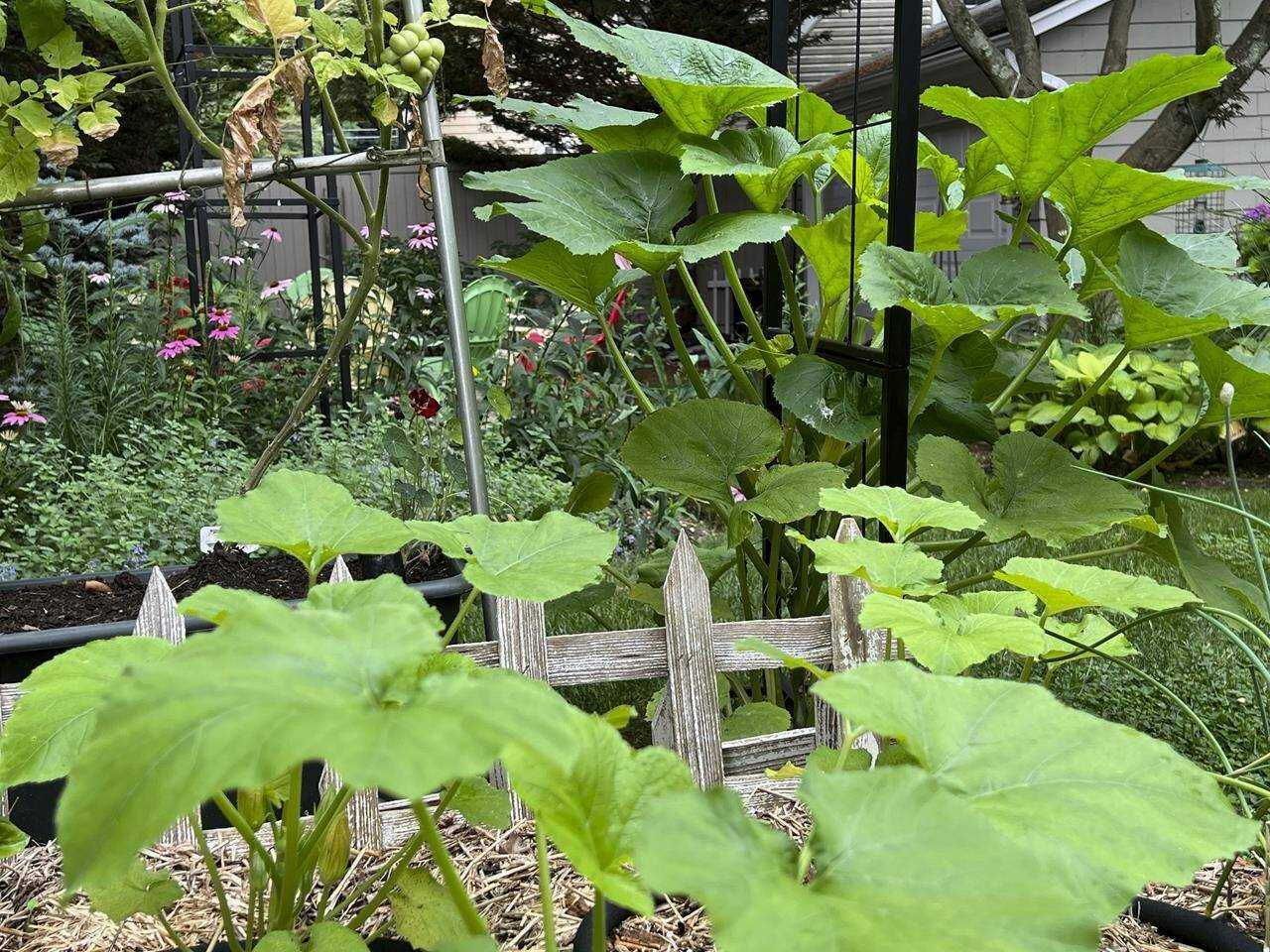
This early maturing maize variety is an excellent choice for farmers looking to maximize their yields and harvest quickly. It is specifically bred to mature earlier than traditional maize varieties, allowing farmers to harvest their crops sooner.
Characteristics
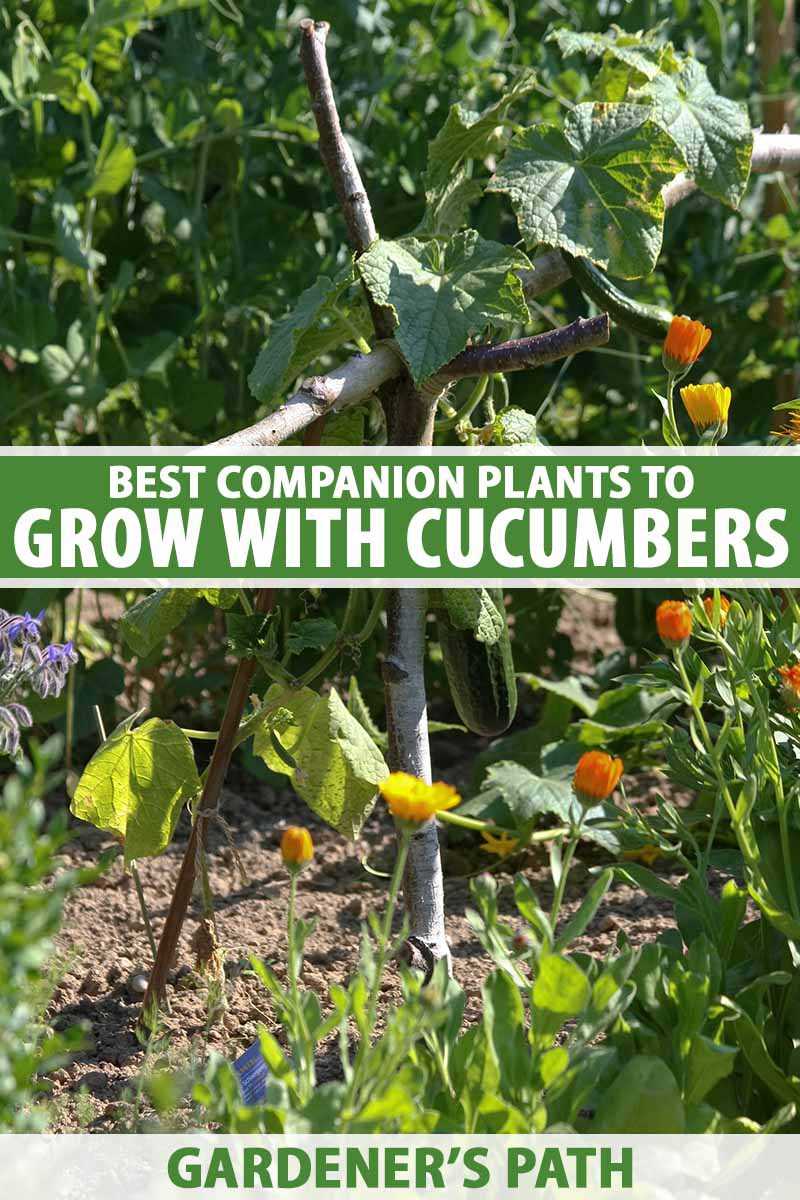
- Early maturity: This variety of maize matures in a shorter period of time compared to traditional varieties. It can be harvested as early as 60-70 days after planting, depending on the growing conditions.
- High yield potential: Despite its early maturity, this maize variety has a high yield potential. With proper care and management, farmers can expect to achieve good yields.
- Drought tolerance: This variety has been bred to have some level of drought tolerance, making it suitable for regions with irregular rainfall patterns or limited access to water.
- Pest and disease resistance: The early maturing maize variety is also resistant to common pests and diseases that can affect maize crops. This reduces the need for excessive pesticide use and lowers the risk of crop damage.
Growing Tips
When growing this early maturing maize variety, it is important to follow these tips to maximize your yields:
- Planting: Plant the maize seeds in well-drained soil with good fertility. The ideal spacing between plants is around 20-25 cm to allow the maize plants to grow and develop properly.
- Fertilizer: Apply a balanced fertilizer to provide the necessary nutrients for the maize plants. It is recommended to conduct a soil test prior to planting to determine the specific nutrient requirements.
- Watering: Ensure that the maize plants receive adequate water throughout their growth cycle. Irrigation may be necessary during dry periods to prevent water stress and maximize yield potential.
- Pest and disease management: Monitor the crop regularly for any signs of pests or diseases. Take appropriate measures, such as using organic pesticides or employing integrated pest management strategies, to control infestations.
- Harvesting: Harvest the maize crops when the kernels have fully developed and reached the desired moisture content. Proper post-harvest handling is also essential to maintain the quality of the harvested maize.
Conclusion
The early maturing maize variety offers farmers the opportunity to increase their yields by planting a variety that matures earlier than traditional maize varieties. With its high yield potential, drought tolerance, and pest and disease resistance, this variety is an excellent choice for farmers looking to maximize their harvest. By following proper growing techniques, farmers can reap the benefits of this early maturing maize variety and enjoy a bountiful harvest.
Variety 3: Disease-Resistant Maize Variety
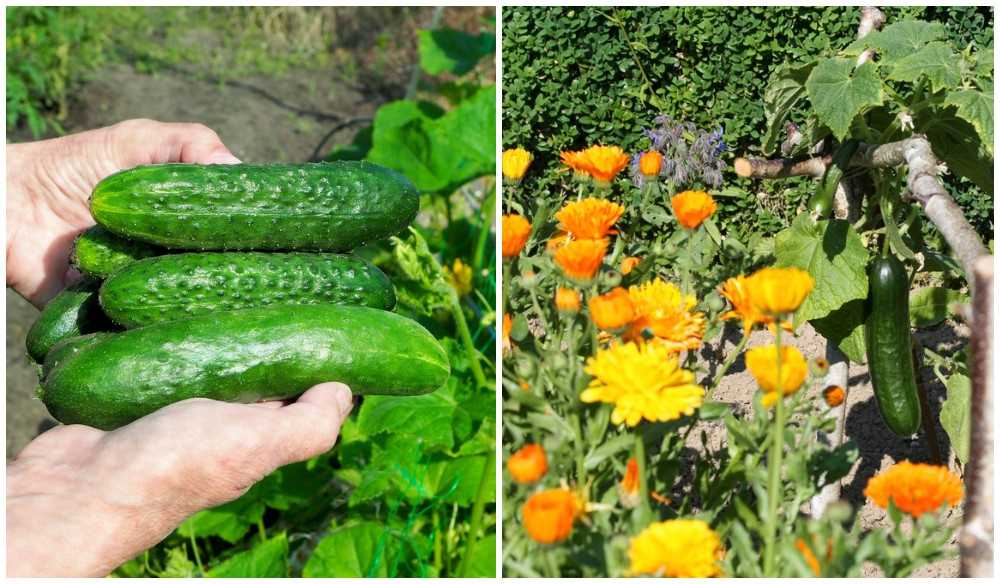
One of the challenges maize farmers face is the spread of diseases that can significantly reduce their harvest. However, there are maize varieties available that are resistant to various diseases, providing farmers with a higher chance of a successful and bountiful harvest.
The disease-resistant maize variety, also known as Variety 3, is specifically bred to withstand common maize diseases such as maize rust, maize streak virus, and northern corn leaf blight.
Here are some key features and benefits of the disease-resistant maize variety:
- Disease Resistance: This maize variety has been developed to have high resistance against common maize diseases. This means that even if other surrounding maize plants are affected, this variety can still thrive and produce a good yield.
- Increased Yield: With its resistance to diseases, Variety 3 can provide higher yields compared to other non-resistant varieties. This is particularly important in areas where maize diseases are prevalent, as it ensures a more stable and profitable harvest.
- Reduced Chemical Input: Since disease-resistant maize plants are less susceptible to diseases, farmers can reduce the use of chemical pesticides and fungicides. This not only saves costs but also contributes to a more environmentally friendly farming approach.
- Longer Shelf Life: Maize crops affected by diseases often have a shorter shelf life due to reduced quality. However, the disease-resistant maize variety has a longer shelf life, allowing farmers to store and market their produce without the risk of rapid deterioration.
In conclusion, planting disease-resistant maize varieties like Variety 3 can significantly increase the chances of a successful harvest and maximize yields. Farmers can enjoy not only a higher yield but also reduced costs in terms of chemical inputs and longer shelf life for their produce. Consider incorporating this variety into your farming practices for a more sustainable and profitable maize cultivation.
Variety 4: High-Yield Cucumber Variety
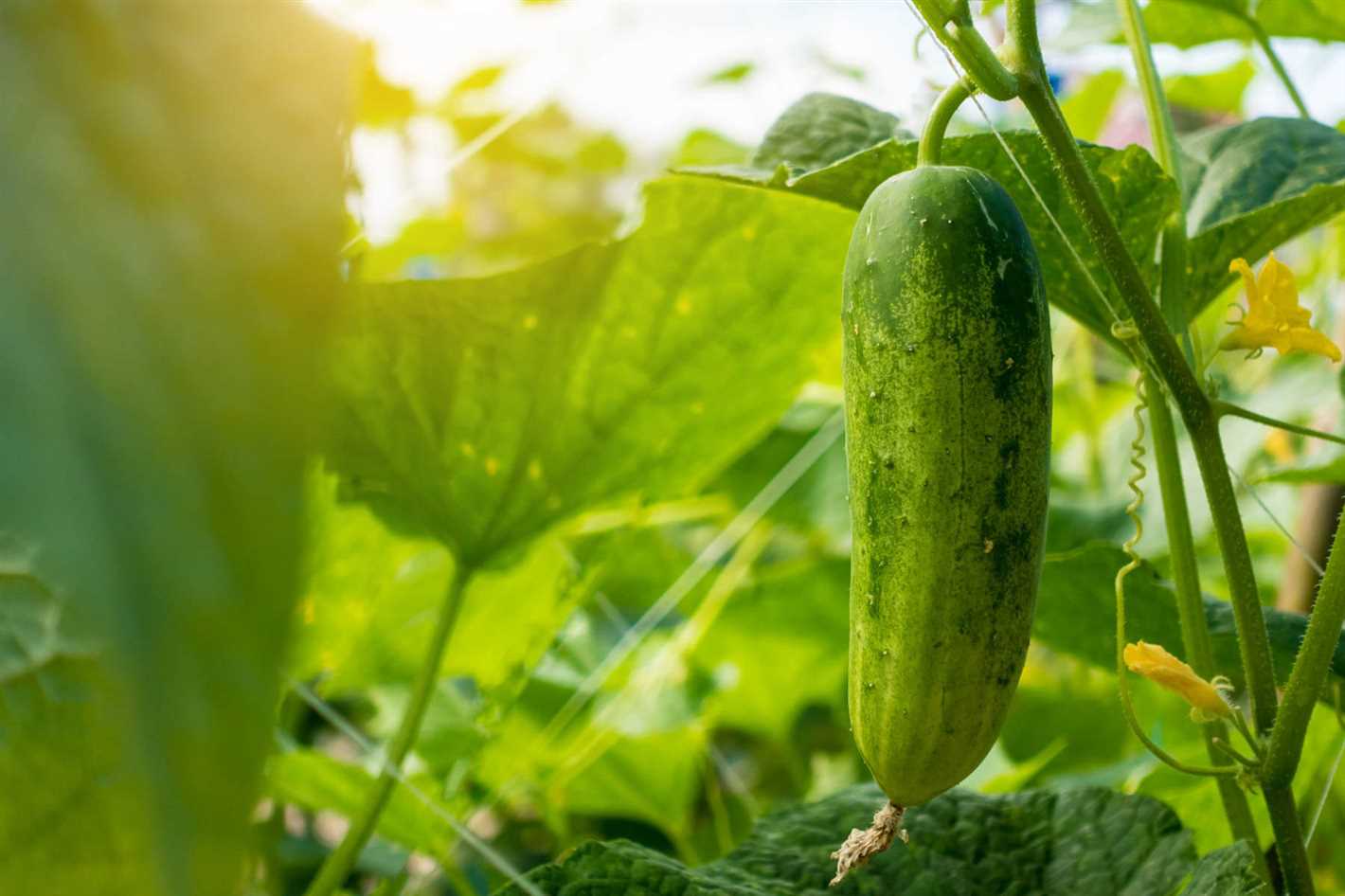
Cucumbers are a popular vegetable due to their refreshing taste and versatility in various dishes. Variety 4 is a high-yield cucumber variety that can significantly increase your overall harvest.
Key Features:
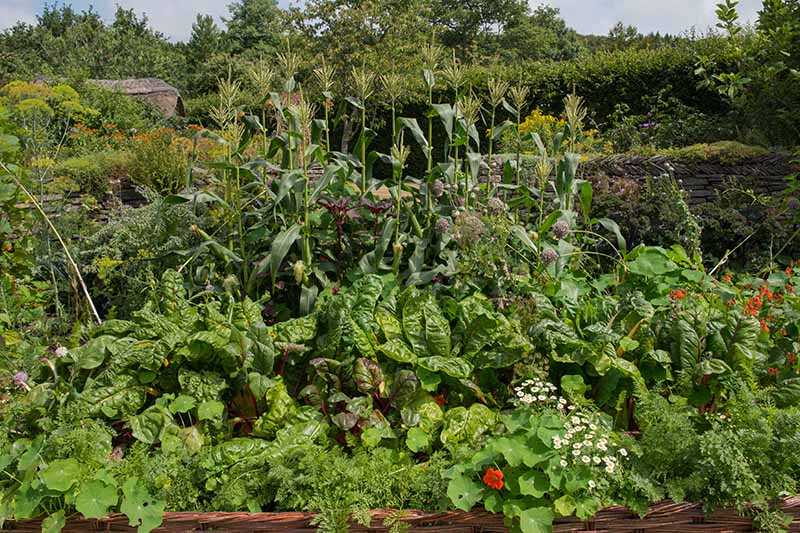
- High-yield: This variety is known for its exceptional yield, producing a large number of cucumbers per plant. With its high productivity, you can expect a bountiful harvest.
- Quality fruits: The cucumbers from this variety have a crisp texture and a delicious flavor. They are ideal for fresh salads, pickling, or adding a refreshing element to any dish.
- Resistance to diseases: Variety 4 exhibits resistance to common cucumber diseases, such as powdery mildew and cucumber mosaic virus. This resistance allows the plants to thrive and continue producing despite potential challenges.
- Adaptable to various climates: Whether you are gardening in a cooler or warmer climate, this high-yield cucumber variety can adapt well. It is suitable for both greenhouse and outdoor cultivation.
Planting and Care:
To maximize the yield and growth of this high-yield cucumber variety, follow these planting and care tips:
- Choose a sunny location: Cucumbers prefer full sun, so select a spot in your garden that receives at least 6-8 hours of direct sunlight daily.
- Prepare the soil: Ensure that the soil is well-draining and enriched with organic matter. Cucumbers thrive in slightly acidic to neutral soil with a pH range of 6.0-7.0.
- Sow the seeds: Plant the cucumber seeds directly in the soil after the last frost date in your area. Sow the seeds about 1 inch deep, with a spacing of 12-18 inches between each plant.
- Water regularly: Cucumbers require consistent moisture to grow properly. Water the plants deeply at least once a week, ensuring that the soil remains moist but not waterlogged.
- Provide support: Consider providing trellises or stakes for the cucumber plants to climb on. This helps to keep the fruits off the ground, preventing diseases and facilitating easier harvesting.
- Fertilize appropriately: Apply a balanced fertilizer according to the package instructions to provide the plants with necessary nutrients. Avoid over-fertilization, as it may lead to excess foliage growth instead of fruit production.
- Monitor and control pests: Regularly inspect the plants for any signs of pests, such as aphids or cucumber beetles. If necessary, use organic pest control methods to prevent damage to the plants.
- Harvesting: Once the cucumbers reach the desired size, typically 6-8 inches long, they are ready for harvest. Cut the fruits from the vine using sharp gardening shears or a knife.
By following these planting and care guidelines, you can successfully grow and maximize the yield of this high-yield cucumber variety. Enjoy the abundant harvest of delicious cucumbers from your garden!
Growing Maize and Cucumbers Together: Best Practices
When it comes to maximizing your yields and getting the most out of your garden space, growing maize and cucumbers together is a great option. These two crops complement each other well and can both thrive in the same growing conditions. Here are some best practices for growing maize and cucumbers together:
1. Site Selection
- Choose a sunny location with well-draining soil for your maize and cucumber beds.
- Avoid planting near trees or other tall plants that may shade your crops.
- Ensure that the soil pH is between 6 and 7 for optimal growth.
2. Crop Rotation
Rotate your maize and cucumber crops every year to prevent soil-borne diseases and nutrient depletion. Avoid planting them in the same location consecutively to maintain soil health.
3. Planting
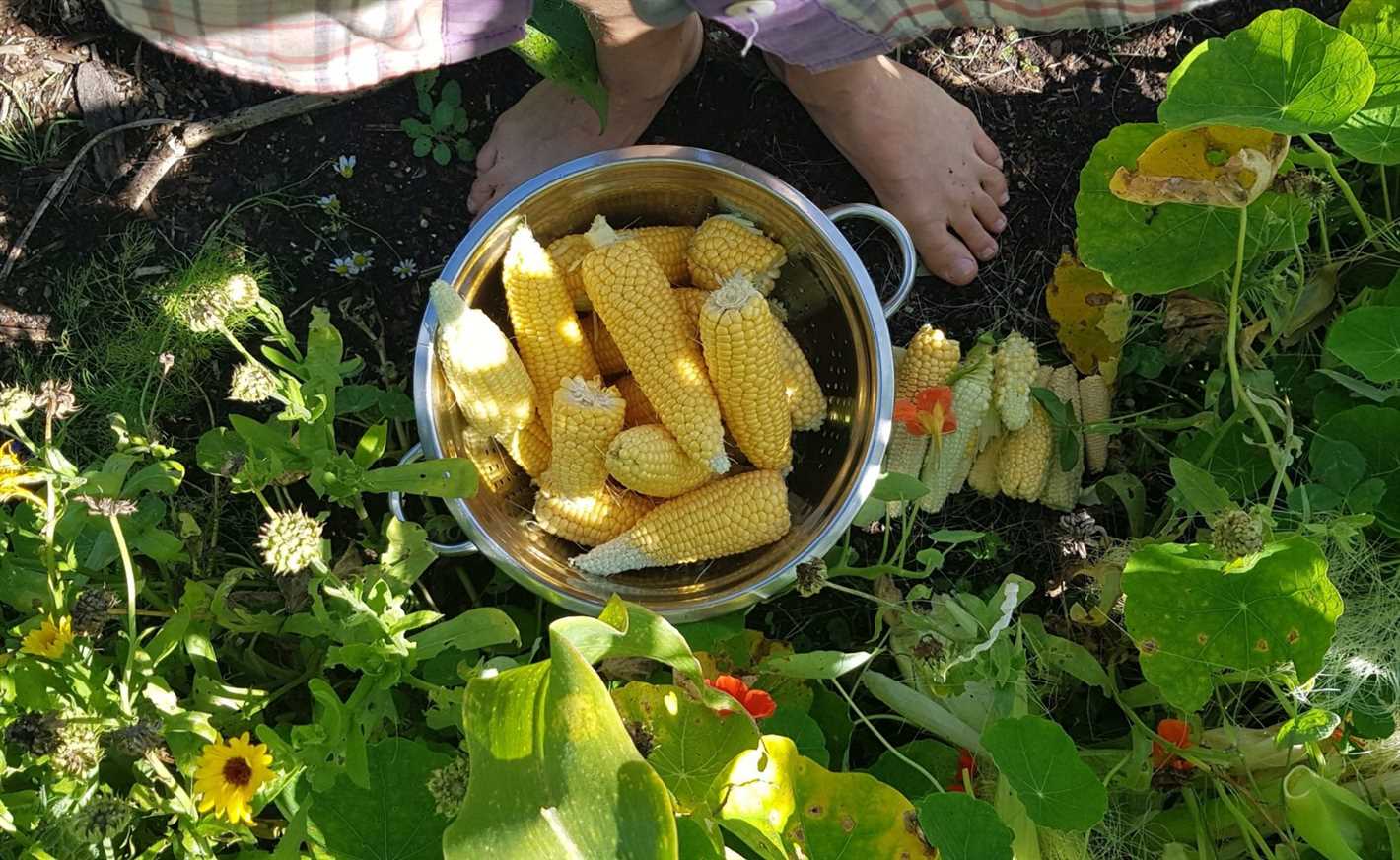
- Plant your maize and cucumber seeds at the recommended spacing for each crop.
- Consider planting the maize in rows and letting the cucumbers climb up the stalks for vertical growing.
- Provide support for the cucumbers, such as trellises or stakes, to encourage upward growth and maximize space.
4. Watering
Maize and cucumbers have similar water needs, so it’s important to keep the soil consistently moist throughout the growing season. Water deeply and regularly, especially during dry periods.
5. Fertilization
- Before planting, incorporate organic matter or compost into the soil to improve fertility.
- Apply a balanced fertilizer or compost tea during the growing season to provide necessary nutrients.
- Monitor your plants for signs of nutrient deficiency and adjust your fertilization schedule accordingly.
6. Pest and Disease Management
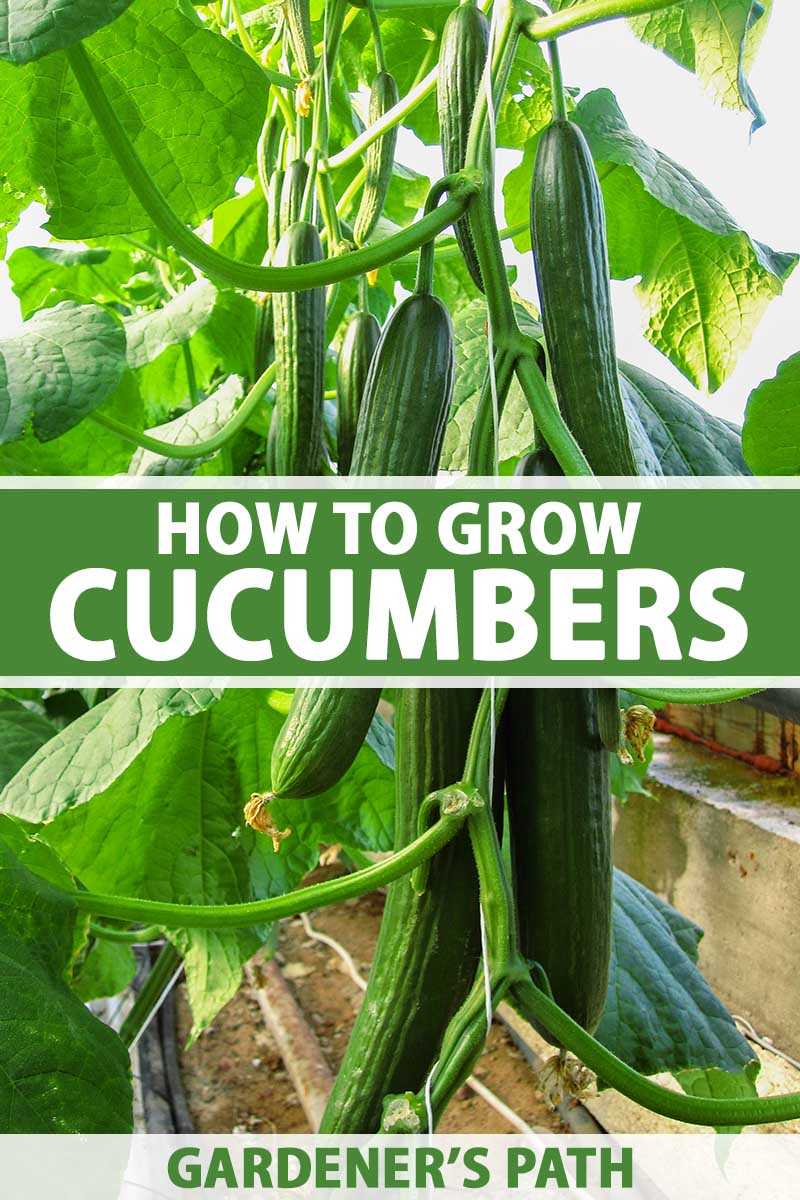
Keep a close eye on your maize and cucumber plants for any signs of pest or disease infestation. Remove any affected plants immediately to prevent the spread and use organic pest control methods if necessary.
7. Harvesting
- Harvest maize when the kernels are fully mature and dry. Test a few kernels by pressing them with your fingernail – if they dent, the maize is not ready yet.
- Cucumbers should be harvested when they are firm and bright in color. Regularly picking cucumbers encourages more fruit production.
- Remember to save some maize kernels and cucumber seeds for next year’s planting!
By following these best practices, you can successfully grow maize and cucumbers together and enjoy a bountiful harvest. The synergy between these two crops will not only increase your yields but also create a diverse and visually appealing garden. Happy gardening!
“Question-Answer”
What are the benefits of growing maize and cucumbers together?
Growing maize and cucumbers together can lead to higher yields for both crops. Maize provides shade for the cucumber plants, helping to keep the soil moist and reducing weed growth. Cucumbers, on the other hand, help to suppress pest and disease attacks on maize plants.
What are the best maize varieties to grow with cucumbers?
There are several maize varieties that work well when grown with cucumbers. Some popular options include Golden Bantam, Sweet Corn, Silver Queen, and Country Gentleman. These varieties have shown to produce good yields and have good compatibility with cucumber plants.
How should maize and cucumber plants be planted together?
The maize and cucumber plants should be planted in rows, with the maize plants providing shade for the cucumber plants. It is important to give enough space between the plants to allow for proper growth and airflow. Planting at the right time and in the right conditions is essential for optimal growth and yield.
What are some tips for maximizing yields when growing maize and cucumbers together?
To maximize yields when growing maize and cucumbers together, it is important to provide proper care and maintenance for both crops. This includes regular watering, fertilization, and pest control. It is also important to choose the right maize and cucumber varieties that are compatible and have good yield potential.
Can growing maize and cucumbers together save space in the garden?
Yes, growing maize and cucumbers together can save space in the garden. By planting the maize plants in rows with space between them, the cucumber plants can be planted in between, using the same space effectively. This allows for maximum use of garden space and can lead to higher yields.
Are there any disadvantages to growing maize and cucumbers together?
While there are many benefits to growing maize and cucumbers together, there can be some disadvantages. The shade provided by the maize plants can also limit the sunlight reaching the cucumber plants, which may affect their growth and yield. Additionally, if not properly managed, the two crops can compete for nutrients and water.







